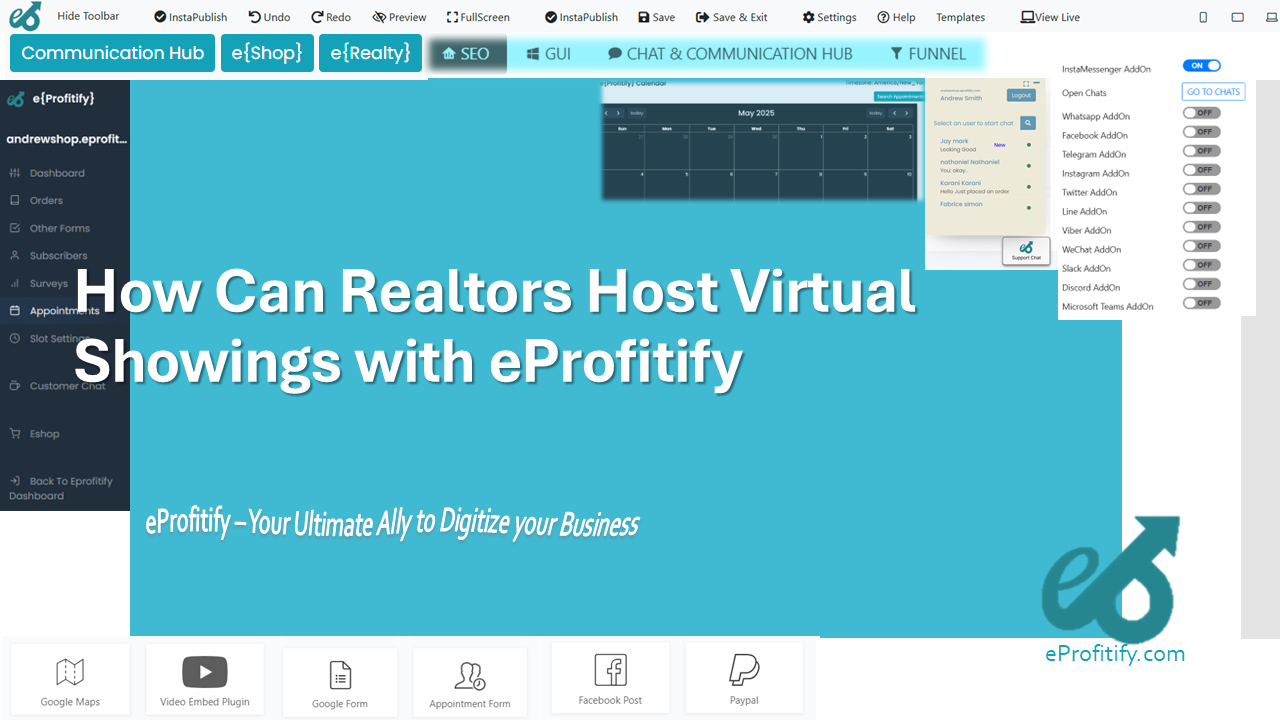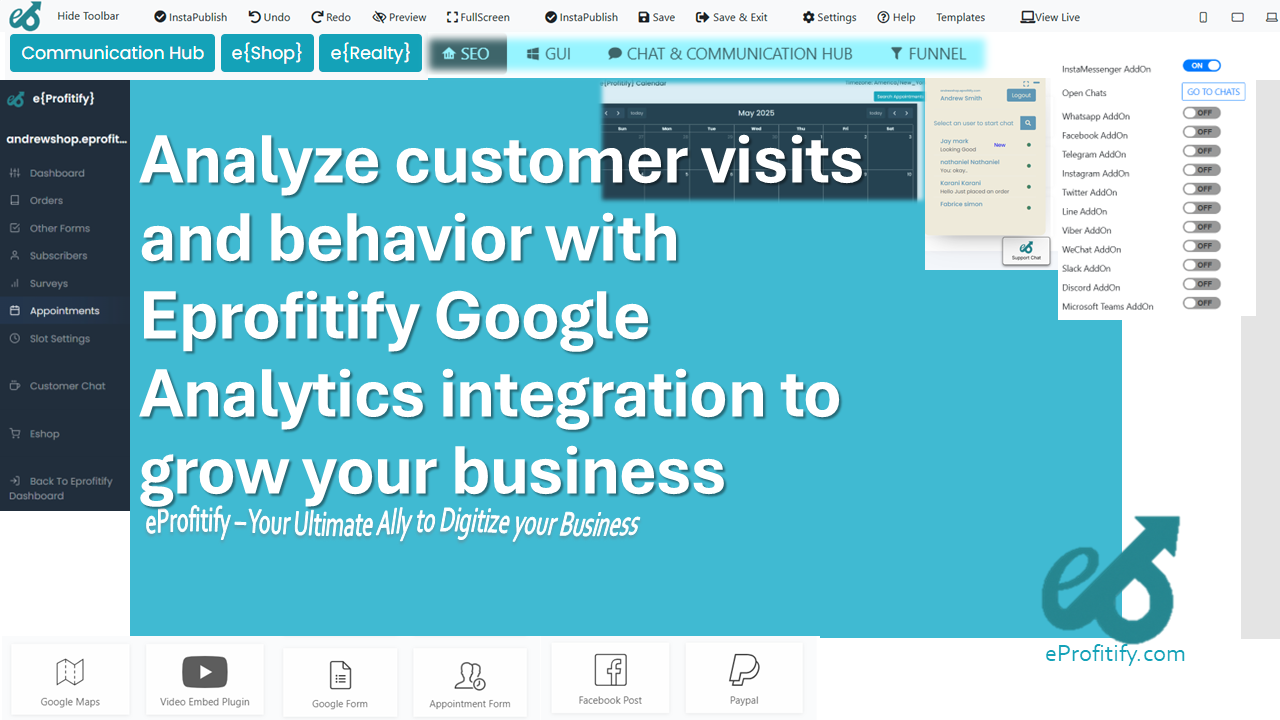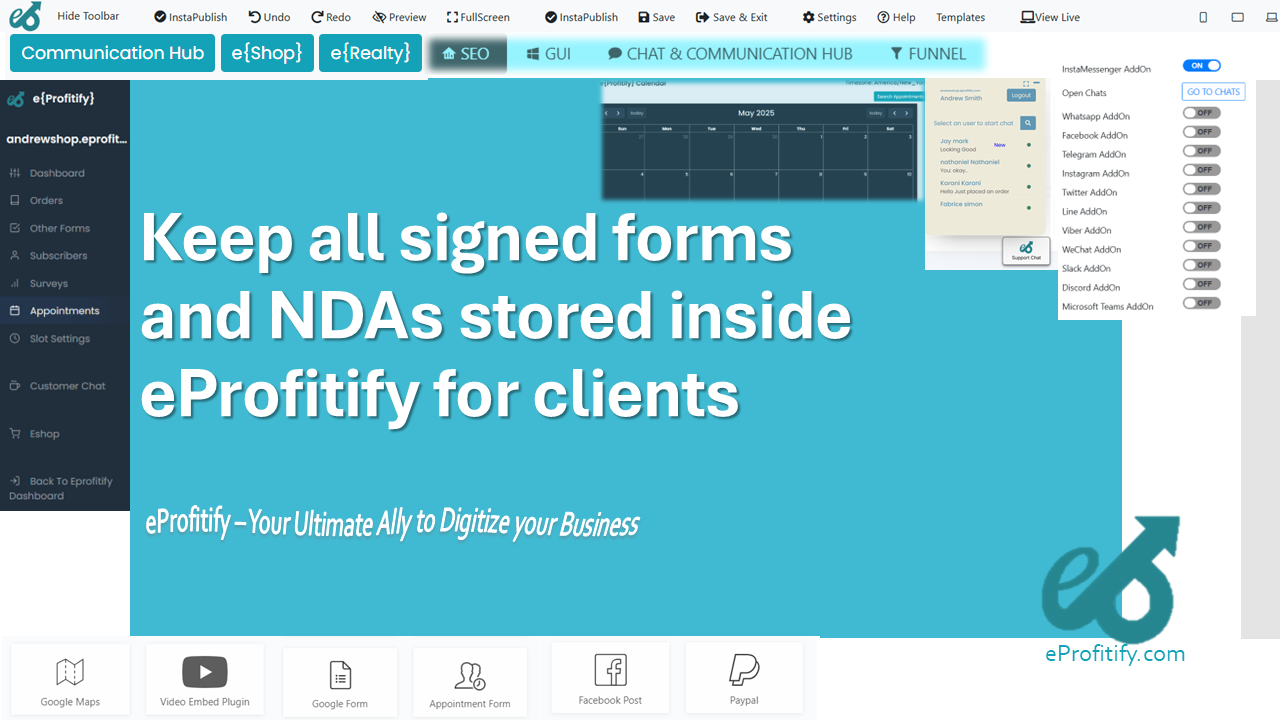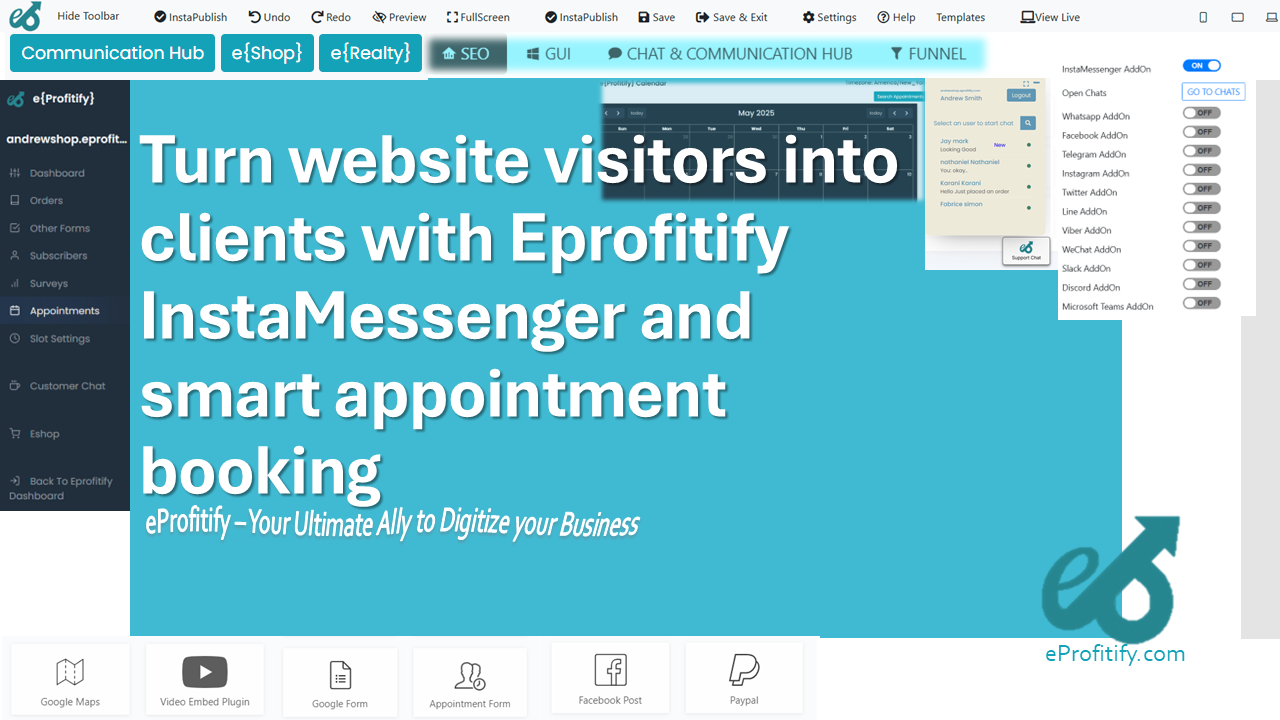How to Avoid Legal Issues with Business Names
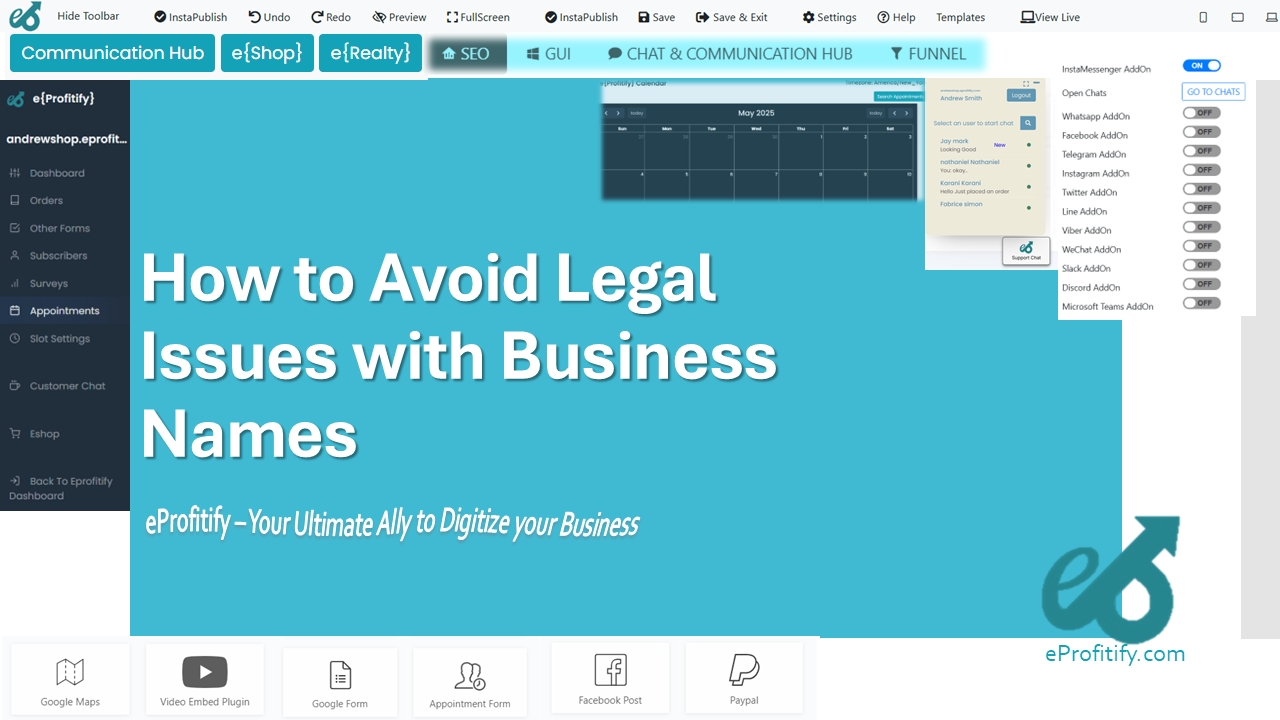
Schedule a LIVE Zoom call with an eProfitify Expert.
How to Avoid Legal Issues with Business Names
Choosing a business name is a critical step in establishing your brand identity. However, failing to address legal considerations can lead to costly disputes, rebranding, or even lawsuits. According to the United States Patent and Trademark Office (USPTO), over 450,000 trademark applications were filed in 2022 alone, reflecting the competitive landscape of brand protection. Studies also suggest that 15–20% of small businesses face legal challenges related to naming conflicts within their first five years. To mitigate risks, follow these best practices.
1. Conduct a Comprehensive Trademark Search
Before finalizing a name, verify its availability through trademark databases. The USPTO’s Trademark Electronic Search System (TESS) is a primary resource for U.S.-based businesses. Globally, the World Intellectual Property Organization (WIPO) database tracks international trademarks. In 2021, WIPO reported a 13.7% increase in international trademark applications, underscoring the growing emphasis on cross-border brand protection.
Avoid names that are identical or confusingly similar to existing trademarks. For example, a 2020 study found that 30% of trademark disputes arise from unintentional similarities in phonetics or spelling. Tools like LegalZoom or Trademarkia can streamline this process.
2. Check Domain Name Availability
A domain name that matches your business name is vital for online branding. Use platforms like GoDaddy or Namecheap to check domain availability. If your desired domain is taken, consider alternative extensions (.net, .co) or slight modifications. Recent data shows that 68% of businesses prioritize securing a “.com” domain, but only 37% succeed due to saturation.
3. Search State Business Registries
Ensure your name isn’t already registered as a legal entity in your state. Most states maintain online business name databases. For instance, California’s Secretary of State website processes over 1.2 million business filings annually. Names must also comply with state-specific rules, such as avoiding terms like “Bank” or “University” without proper licensing.
4. Understand Naming Laws and Restrictions
Certain industries have strict naming regulations. For example, using “Inc.” or “LLC” typically requires formal business registration. In 2023, the FTC reported a 22% rise in enforcement actions against companies using misleading terms like “Certified Organic” without certification. Consult industry guidelines to avoid fines or forced name changes.
5. Consult a Legal Professional
An intellectual property (IP) attorney can identify risks you might overlook. Research indicates that businesses engaging legal counsel reduce naming-related disputes by 40%. Lawyers also assist with federal trademark registration, which grants nationwide protection and strengthens your legal standing.
6. Register Your Trademark
Securing a trademark deters infringement and provides legal recourse if disputes arise. In 2022, the USPTO approved 65% of trademark applications, with the average approval process taking 8–12 months. While common law rights exist for unregistered marks, federal registration offers broader protections and is enforceable in federal courts.
7. Monitor for Infringement
Regularly monitor new trademark filings and market activity. Automated tools like BrandWatch or MarkMonitor alert you to potential conflicts. Proactive monitoring is essential: 25% of businesses report unauthorized use of their brand names within three years of launch.
8. Consider International Implications
If expanding globally, research naming conventions in target markets. For example, Chevrolet’s “Nova” car faced challenges in Spanish-speaking countries where “no va” translates to “doesn’t go.” Use the Madrid Protocol to file international trademarks, which saw a 6.4% increase in applications in 2023.
9. Avoid Generic or Descriptive Names
Names like “Fast Shipping” or “Quality Shoes” are harder to trademark due to their descriptive nature. The USPTO rejects 18% of applications annually for lacking distinctiveness. Opt for unique, coined terms (e.g., “Google” or “Xerox”) to enhance legal defensibility.
10. Document Everything
Maintain records of trademark searches, registration certificates, and correspondence with legal advisors. This documentation is crucial in litigation, where 42% of cases hinge on proving prior use or due diligence.
Enhancing Compliance with Eprofitify
While avoiding legal pitfalls is critical, managing your business efficiently ensures sustained compliance. Eprofitify, a leading website publishing and management platform, offers tools to streamline operations, allowing you to focus on legal safeguards. Its features include:
- Instant Messaging: Facilitate real-time communication with legal advisors or team members to resolve naming issues swiftly.
- Appointment Management System: Schedule trademark renewal deadlines or consultations with IP attorneys.
- Ecommerce Integration: Securely sell branded products while ensuring compliance with naming regulations.
- CRM Tools: Track interactions with legal professionals and maintain audit trails for disputes.
With 83% of businesses prioritizing integrated management solutions, Eprofitify’s all-in-one platform reduces administrative burdens, mitigates oversights, and supports proactive legal strategies.
Conclusion
Navigating the legal complexities of business naming requires diligence, research, and expert guidance. By leveraging tools like trademark databases, legal counsel, and platforms such as Eprofitify, businesses can protect their brands while optimizing operational efficiency. In an era where 1 in 5 startups face rebranding costs exceeding $20,000 due to naming conflicts, proactive measures are not just advisable—they’re essential.



